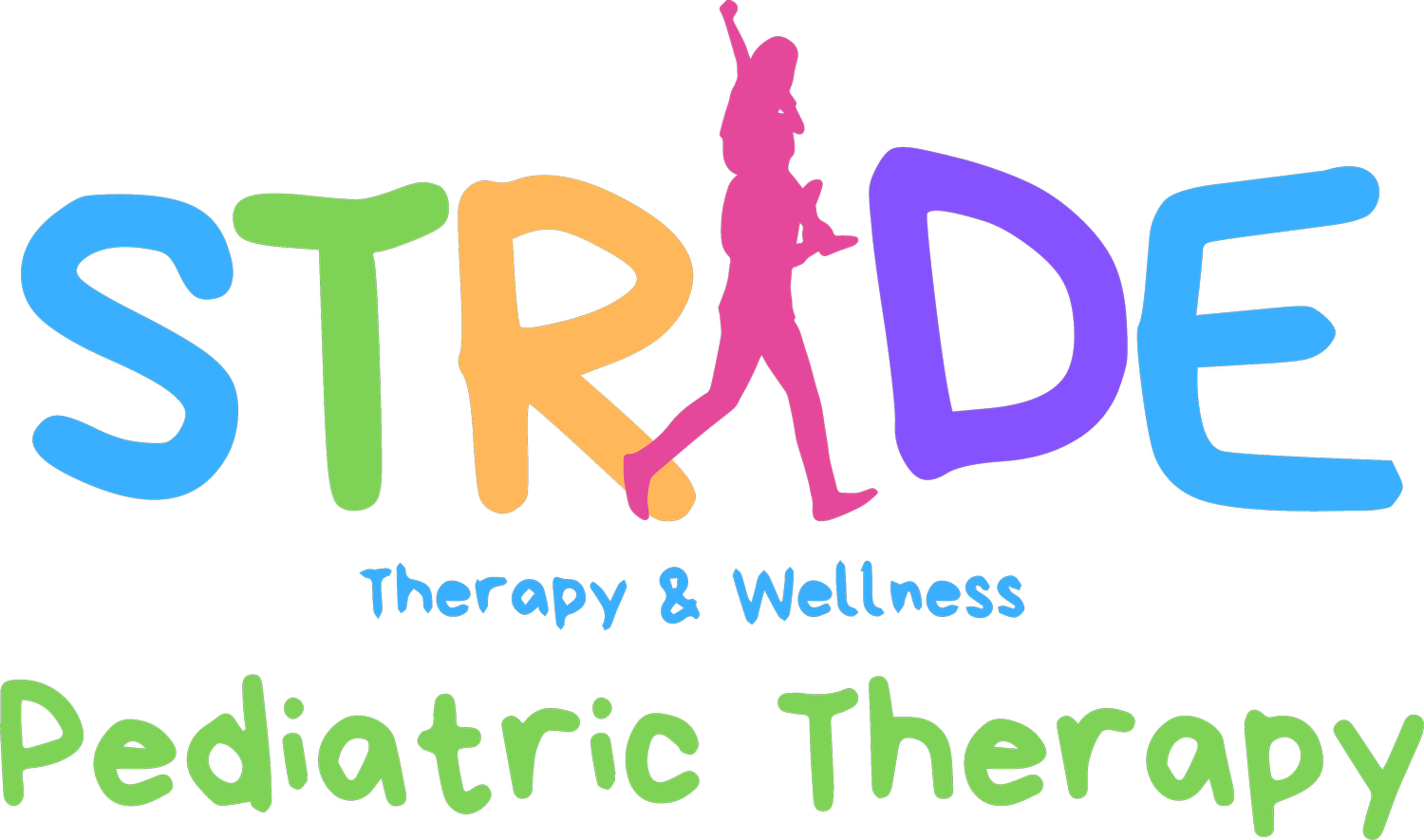What is Proprioceptive Processing?
Proprioception refers to the sense of the position and movement of the body and its parts. The proprioceptive system is responsible for providing the brain with information about the position and movement of the body and its parts, which is important for coordinating movement, maintaining balance, and regulating muscle tone.
Proprioceptive sensory processing is an important aspect of child development because it plays a role in helping children learn about and interact with their environment. Problems with proprioceptive sensory processing can have a significant impact on a child's development. Children with proprioceptive processing issues may have difficulty with activities that require precise movements, such as sports and gross motor play. They may also have difficulty with activities that require fine motor skills, such as writing or drawing. These difficulties can affect a child's overall development, including their ability to learn new skills and participate in social activities.
Some potential symptoms of proprioceptive sensory avoidant behaviors might include:
Avoidance of activities that involve gross motor skills, such as running, climbing, or jumping
Difficulty with activities that require balance or coordination, such as riding a bike or playing sports
Refusal to participate in activities that involve physical contact or rough play
Difficulty with tasks that involve fine motor skills, such as writing or using scissors
Avoidance of activities that involve physical effort or exertion, such as lifting heavy objects or carrying bags
Difficulty with tasks that require hand-eye coordination, such as drawing or catching a ball
Tendency to be timid or fearful in new or unfamiliar situations involving physical activity
Avoidance of activities that involve changes in body position, such as crawling or climbing stairs
Some potential symptoms of proprioceptive sensory-seeking behaviors might include:
A strong desire to participate in activities that involve gross motor skills, such as running, climbing, or jumping
A need for frequent physical activity or movement in order to feel calm and focused
A tendency to seek out activities that involve physical contact or rough play
A preference for activities that involve physical effort or exertion, such as lifting heavy objects or carrying bags
A need for frequent or intense sensory input through touch, such as seeking out hugs or massages
A desire to engage in activities that involve changes in body position, such as crawling or climbing stairs
A tendency to fidget or engage in repetitive physical movements when sitting still or focusing on a task
A preference for activities that involve physical challenges or obstacles, such as obstacle courses or climbing structures
Proprioception is important in motor planning.
Proprioception and motor planning are closely related in that proprioception provide the brain with information about the position and movement of the body and its parts, which is important for coordinating movement and regulating muscle tone. Motor planning, on the other hand, refers to the process of generating and organizing the movements necessary to achieve a specific goal.
Proprioception plays a crucial role in motor planning because it helps the brain understand the position and movement of the body and its parts, which is necessary for generating and organizing movements. For example, when a person reaches for an object, their proprioceptive system provides the brain with information about the position of their arm and hand, which is used to plan and execute the movements necessary to grasp the object.
Occupational therapists (OTs) are trained professionals who can help individuals with proprioceptive processing issues by assessing their sensory processing abilities and developing treatment plans to address any problems. Treatment may involve a variety of techniques, including sensory integration therapy, which is designed to help individuals improve their ability to process and respond to sensory information. OTs may also work with individuals to modify their environment or assistive technology to make it easier for them to perform tasks and achieve goals.
